A researcher from the Queensland University of Technology (QUT) has discovered a way to 3D print a shock absorbing material that could protect buildings from car crashes and other sources of damage.
Dr. Tatheer Zahra's research was published in the Smart Materials and Structures journal and released to the public on Tuesday. Zahra said her design was inspired by the shock absorbing properties found in running shoes and memory foam pillows.
Her design takes already available bioplastics and 3D prints them into geometric shapes that mimic the behaviour of other much more costly shock absorbing materials such as steel and fibre reinforced polymer.
"Rather than flattening when stretched or bulging when compressed, auxetic materials expand or contract in all directions at once, which makes them highly energy-absorbent and load resistant."
She said initial testing shows the material has the potential to absorb the shock of a car travelling up to 60 km/h.
The material could improve access to shock absorbing, reinforcing materials that are costly and need to be imported from overseas.
Many existing materials cost up to 400 Australian dollars (about 300 U.S. dollars) per square metre when commercially available the plastic mesh would likely cost less than half that.
Damage from car collisions with buildings alone runs up a cost of almost 50 million Australian dollars (about 37 million U.S. dollars) a year, from an estimated 2,000 car crashes that occur in Australia each year.
Zahra said Australian buildings are particularly vulnerable due to masonry's prevalence in Australia. Masonry, or brick construction, is convenient and cost effective but ultimately results in less durable buildings.
She said there is potential her material could be integrated to make this building material more durable, and could be purpose designed based on specific building requirements.
"3D printing would also allow us to change the material, size or design of geometric shapes to suit different structures and load requirements."
The use of biodegradable bioplastics also fits into Australia's more sustainable, low carbon vision for the future, said Zahra.











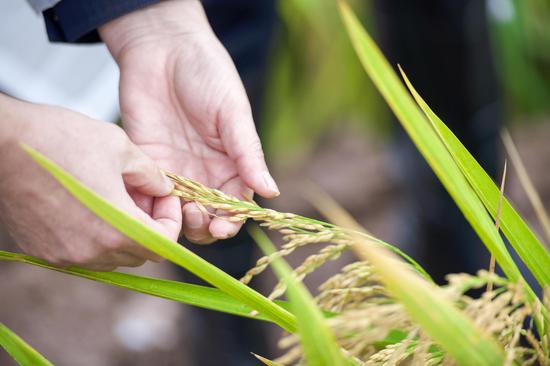




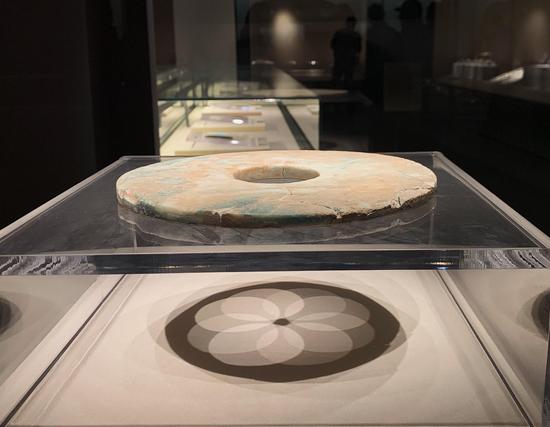









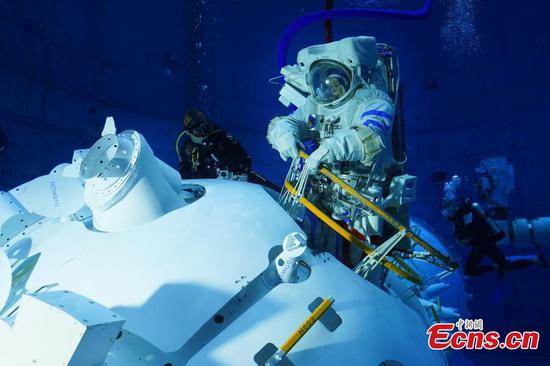



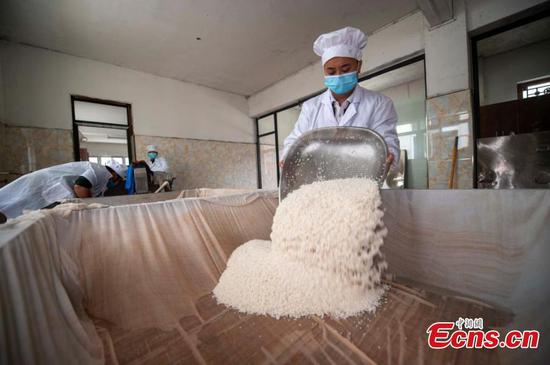
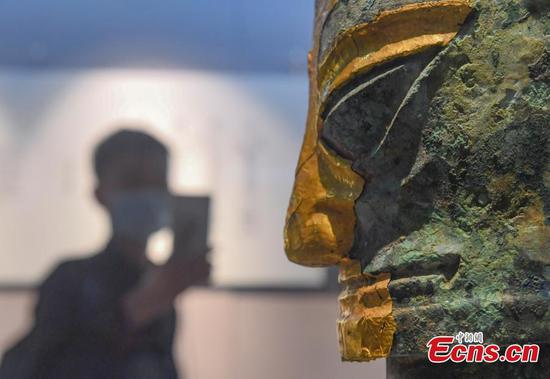










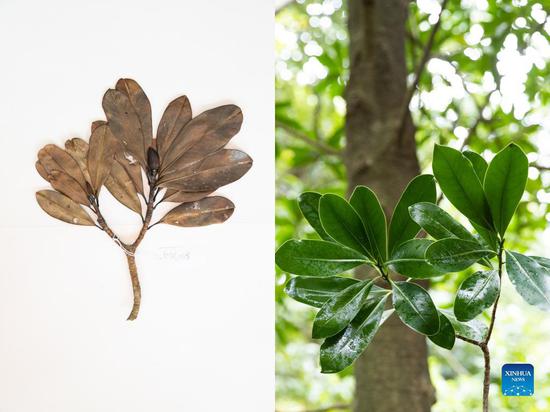

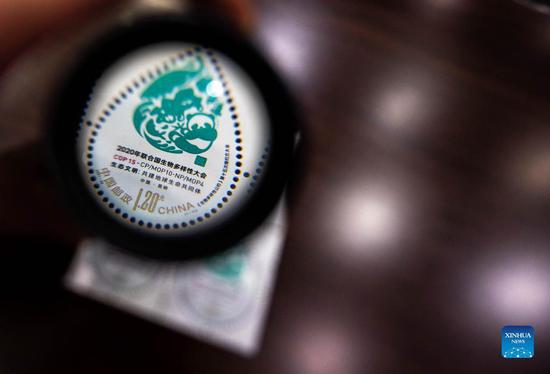

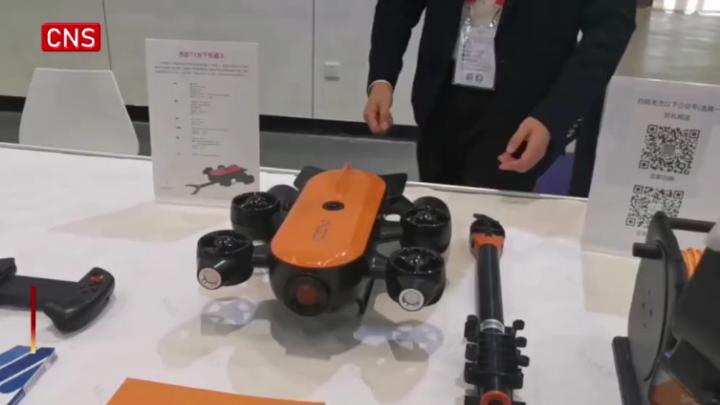

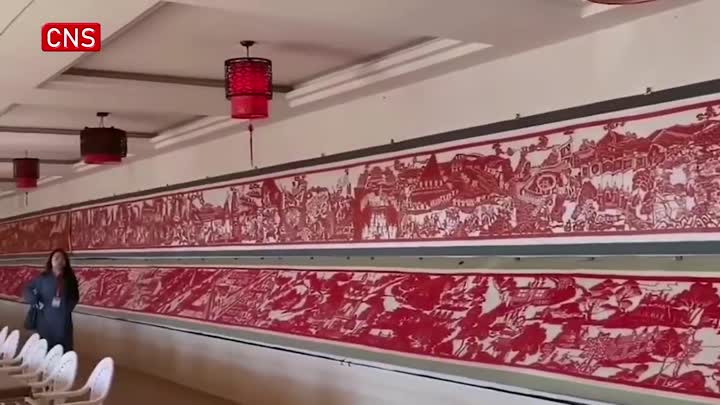

 京公网安备 11010202009201号
京公网安备 11010202009201号